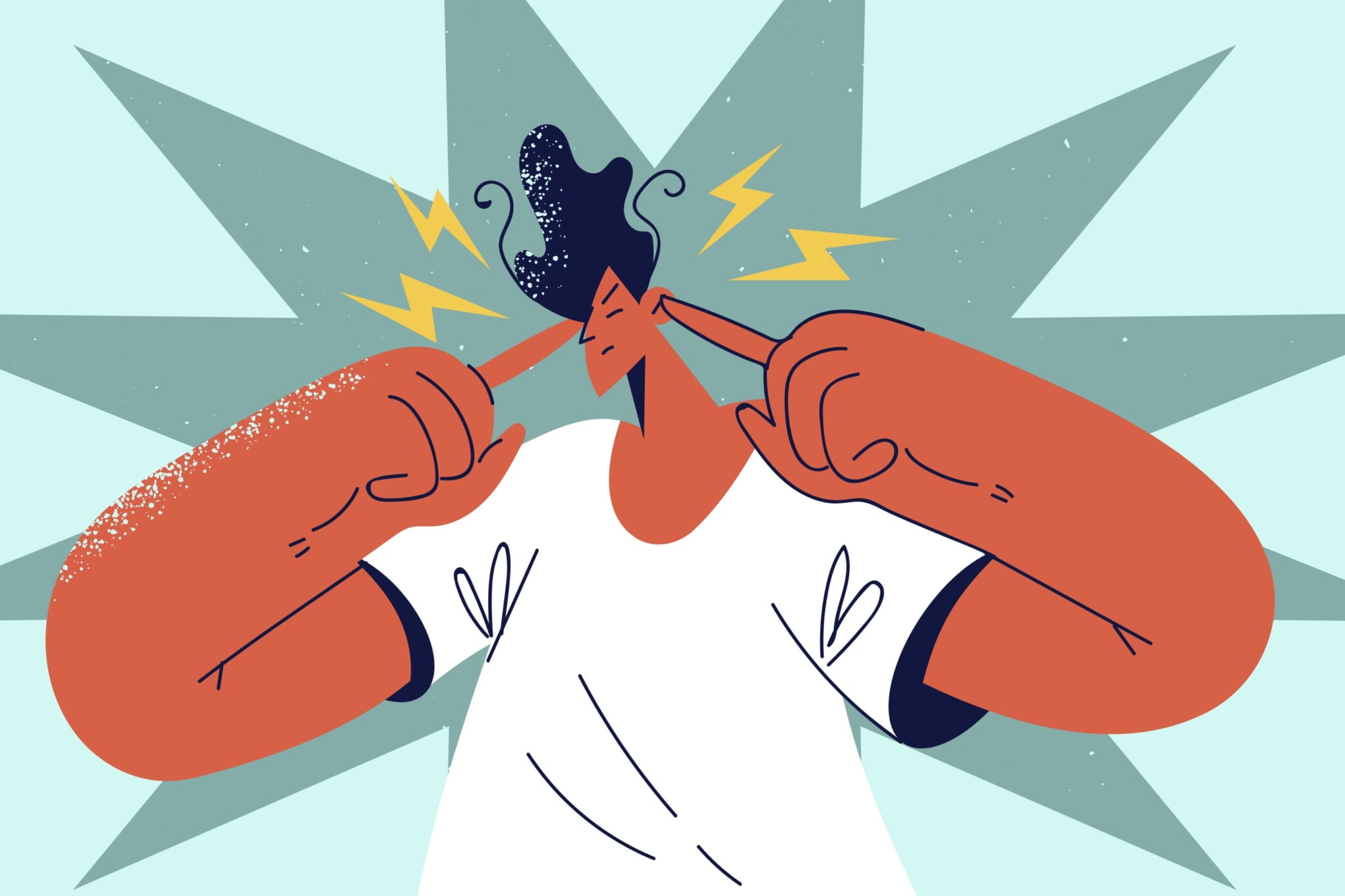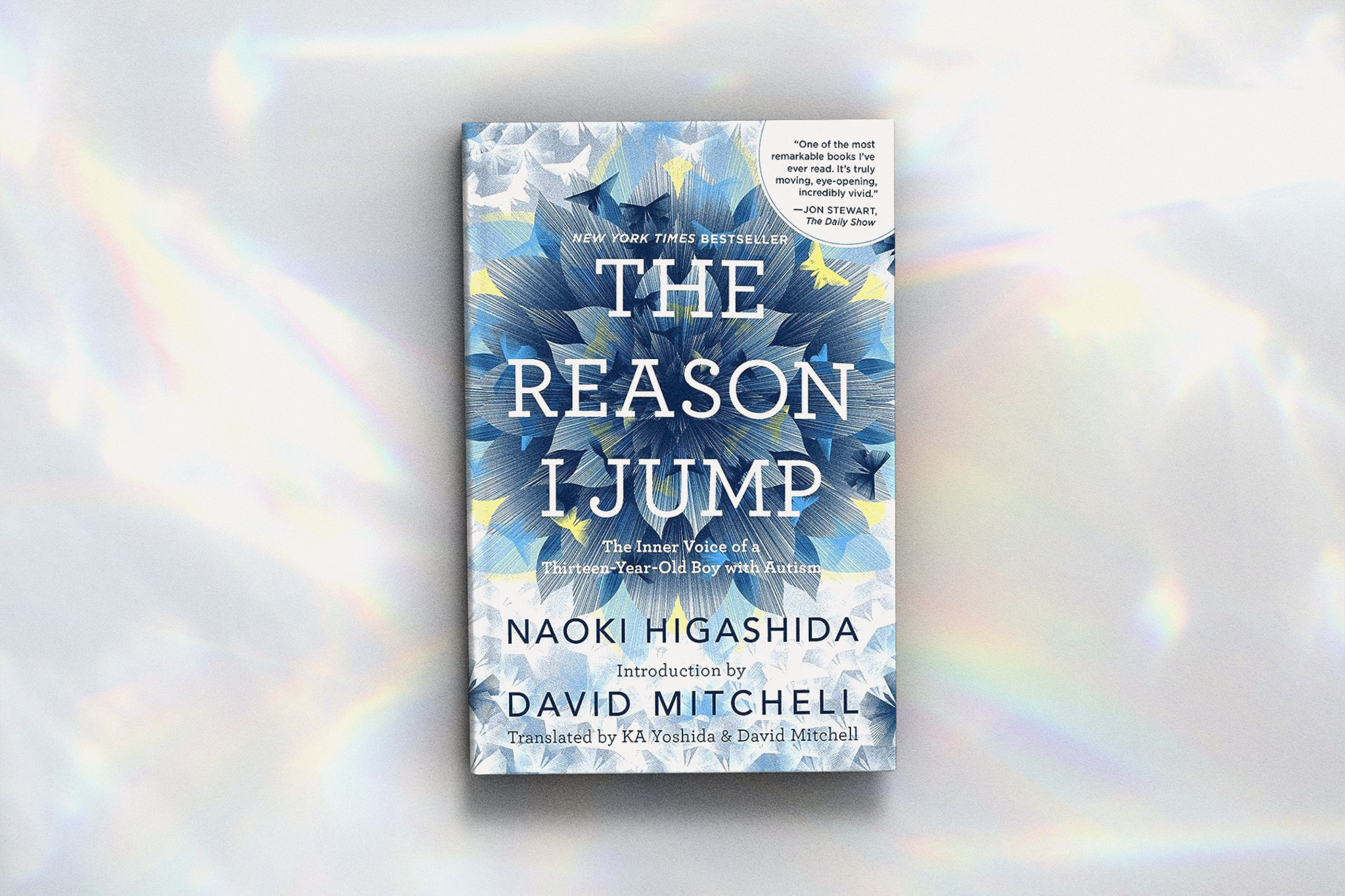When author David Mitchell and his wife Keiko came across The Reason I Jump, a book written by a Japanese 13-year-old with autism, it changed their lives forever.
The book’s author, Naoki Higashida, finds spoken communication more or less impossible. Like many people on the autistic spectrum, Higashida’s world is one of confounding sensory data flooding his brain in torrents, making it difficult to parse one piece of information from the next. He likes order and routine and prefers being on the move to standing still. He finds comfort in concise pieces of media, like popular TV adverts and simple short stories, where the outcomes are predictable and familiar. He’s easily overwhelmed by the sheer beauty of the world’s composite parts and reacts to neurotypical people in ways that he knows will frustrate them, but he cannot control. He also likes numbers: “Numbers are fixed unchanging things. The number 1, for example, is only ever, ever the number 1. That simplicity, that clearness, it’s so comforting to us.”
But writing the book was no straightforward feat. Even the act of typing on a keyboard was rife with potential distractions. With the aid of an ambitious teacher, Higashida learned to spell out words by pointing to letters on a laminated Japanese hiragana grid, which were later transcribed to form The Reason I Jump.
As parents of a nonverbal autistic child, the Mitchells saw the book as a “revelatory godsend.” It was as though they were communicating with their son, for the first time, through a vicarious medium. Ten years ago this month, they published an English translation, hoping it could help other families form better relationships with their autistic children.
“The book goes much further than providing information, however: it offers up proof that locked inside the helpless-seeming autistic body is a mind as curious as yours, mine, as anyone’s,” writes Mitchell in the English translation’s introduction. “The Reason I Jump unwittingly discredits the doomiest item of received wisdom about autism — that people with autism are anti-social loners who lack empathy with others.”

What’s the Reason You Jump?
The majority of the book’s chapters are styled as short answers to the stereotypical assumptions about autism or questions posed in relation to it: Why do people with autism talk so loudly and weirdly? Why don’t you make eye contact when you’re talking? Is it true that you hate being touched? Why do you make a huge fuss over tiny mistakes? What’s the reason you jump?
Being written by an adolescent, there’s an understated simplicity to The Reason I Jump. This doesn’t stop it from being philosophically profound — perhaps much more so than the author realized — as though an Oliver Sacks book on neurological disorders was distilled into its most approachable form. And Higashida, it turns out, is an adept teacher, whose lessons are direct, compassionate and constantly revealing:
Why can’t you have a proper conversation?
“For a long time I’ve been wondering why us people with autism can’t talk properly. I can never say what I really want to. Instead, verbal junk that hasn’t got anything to do with anything comes pouring out of my mouth. This used to get me down badly, and I couldn’t help envying all those people who speak without even trying. Our feelings are the same as everyone else’s, but we can’t find a way to express them.”
Why do you ignore us when we’re talking to you?
“A person who’s looking at a mountain far away doesn’t notice the prettiness of a dandelion in front of them. A person who’s looking at a dandelion in front of them doesn’t see the beauty of a mountain far away. To us, people’s voices are a bit like that.”
Why do you like being in the water?
“We just want to go back. To the distant, distant past. To a primeval era, in fact, before human beings even existed. All people with autism feel the same about this one, I reckon. Aquatic life-forms came into being and evolved, but why did they then have to emerge onto dry land, and choose to lead lives ruled by time?”
Expressions of Empathy
Higashida also delves into fiction in the book. Short parables, such as Slip Sliding Away or The Black Crow and the White Dove, serve as interludes, displaying his deep understanding of character, empathy and the power of narrative. These stories conflict with conventional interpretations of the autistic mind.
This is most apparent in the book’s final chapter, titled I’m Right Here. It follows Shun, a child who has died and gone to heaven, leaving his distraught mother and father on Earth. Shun visits his grieving parents, who cannot see their son but swear they feel his presence. God then offers him an ultimatum. Be reincarnated as your mother and father’s next child, but it will erase all memory of ever being Shun or remain eternal in heaven. Shun’s struggles work as an allegory of living with autism: to being there, but neither heard nor felt nor properly understood. It’s a heart-wrenching, thought-provoking piece of writing that one who has no concept of emotion, shared or internal, could ever hope to write.

To Edit, or Not to Edit?
When describing autism, Mitchell uses the analogy of a mind-editor: a function of the neurotypical brain that allows you to filter and sort ideas, memories, impulses and thoughts, diverting away those of least importance in any given situation. As he frames it, autistic people suffer from an absence of this mind-editor combined with hypersensitivity to environmental inputs.
This raises a pertinent question: would Higashida exchange his predicament to live as a “normal” person; to employ a mind-editor and dial his senses back to base level?
“To give the short version, I’ve learnt every human being, with or without disabilities, needs to strive to do their best, and by striving for happiness you will arrive at happiness,” Higashida writes. “For us, you see, having autism is normal — so we can’t quite know for sure what your ‘normal’ is even like. But so long as we can learn to love ourselves, I’m not sure how much it matters whether we’re normal or autistic.”
More Japanese Literature
Looking for something to read? Check out our other must-read Japanese books in translation.









